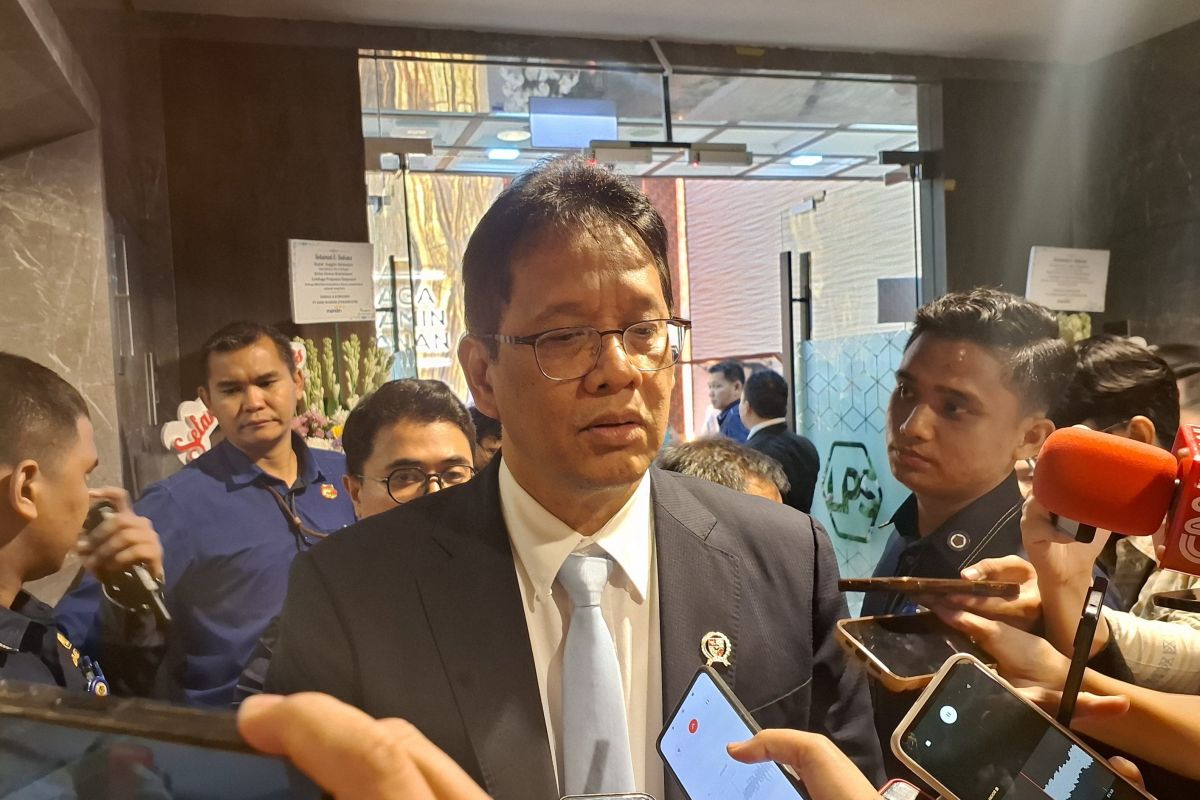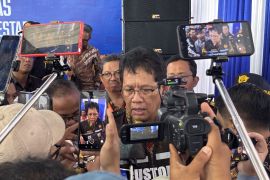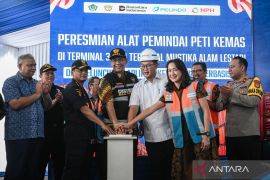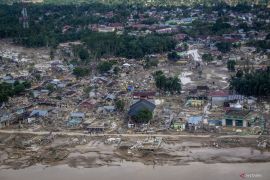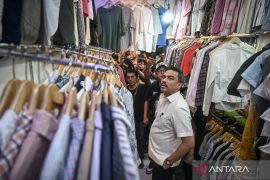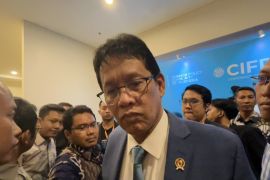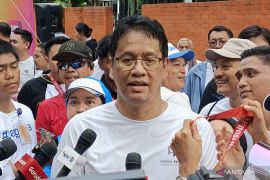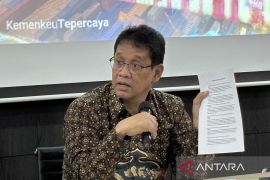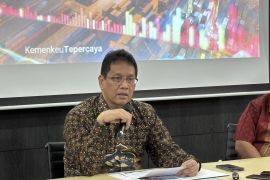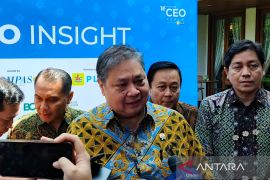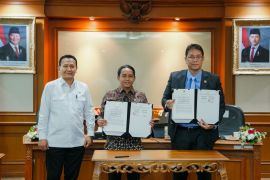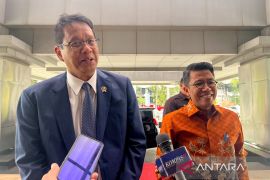“The export proceeds policy will be reviewed again. So far, it hasn’t had a real impact on our reserve levels,” Purbaya told reporters in Jakarta.
He added that Bank Indonesia may take the lead in reassessing the policy, while broader decisions will follow cross-ministerial discussions led by President Prabowo Subianto.
President Prabowo held a closed-door meeting Sunday at his residence in Jakarta to discuss key economic strategies, including the effectiveness of the FX repatriation regulation.
Top government officials attended the meeting, including Vice President Gibran Rakabuming Raka, Trade Minister Zulkifli Hasan, Energy Minister Bahlil Lahadalia, Finance Minister Purbaya, and senior military and intelligence officers.
State Secretary Prasetyo Hadi said the evaluation is necessary because Government Regulation No. 8 of 2025, which requires natural resource exporters to deposit FX earnings in domestic banks, has yet to deliver expected reserve growth.
“There are still loopholes allowing some exporters to keep earnings offshore,” Prasetyo said.
“The president has asked for a thorough review to address these gaps,” he added.
The policy, which took effect March 1, aims to increase reserves to at least USD100 billion annually. Prabowo announced the target in a February speech.
Meanwhile, Deputy Trade Minister Dyah Roro Esti said the government is stepping up efforts to boost regional exports. During a recent visit to Bandarlampung, she highlighted Lampung’s robusta coffee as a key export commodity with growing global demand.
“With our trade attachés in 33 countries, we can better promote products like Lampung coffee overseas,” Esti said, adding that the Trade Ministry aims to increase total exports by seven percent in 2025.
According to Statistics Indonesia (BPS), the country’s export performance in the first half of 2025 was driven by strong gains in the manufacturing sector, led by palm oil, non-ferrous metals, organic chemicals, and electronic components.
Exports from the manufacturing sector reached $107.6 billion between January and June, up 16.6 percent from $92.3 billion in the same period last year, BPS said.
“Manufacturing remains the main driver of non-oil and gas exports, contributing 12.16 percent to overall export growth during the first half of the year,” BPS Deputy for Distribution and Services Statistics Pudji Ismartini said.
Pudji added that several industrial goods saw significant increases, including palm oil products, non-ferrous base metals, organic chemicals derived from agriculture, semiconductors and other electronic components, as well as electrical equipment.
Related news: Forex earnings policy for stronger domestic economic turnover
Related news: Expect export earnings policy to boost forex reserves: Prabowo
Translator: Bayu S, Rahmad Nasution
Editor: Primayanti
Copyright © ANTARA 2025
